Let a classically trained chef show you the secrets to a perfect French chocolate soufflé. Get foolproof tips + fun soufflé historical facts.
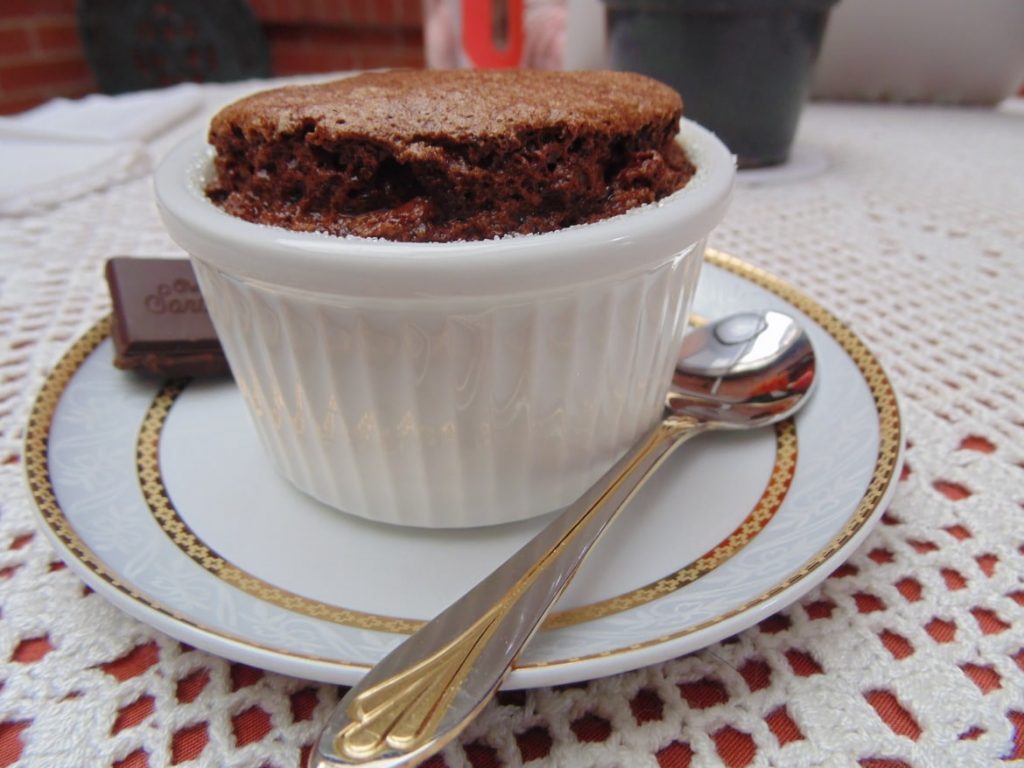
We in the culinary world have a common saying: “The client may wait for the soufflé, but the soufflé won’t wait for the client.” This funny little aphorism hints at the complexity and precision of this French chocolate soufflé recipe. The word soufflé is French for “blown.” This name was given to the dish because when a soufflé goes in the oven, it grows upwards as if someone is blowing air into it.
French Chocolate Soufflé: The Rules
Making a soufflé can be a challenge even for an experienced cook. It is a dish that requires precision and technique. It is interesting to note that for the preparation of this recipe every chef has his or her own style, and some even have even developed top-secret techniques. Variations can be found in the smallest of steps, such as buttering the mold or cooking the soufflés in a bain-marie (cooking equipment used to melt ingredients).
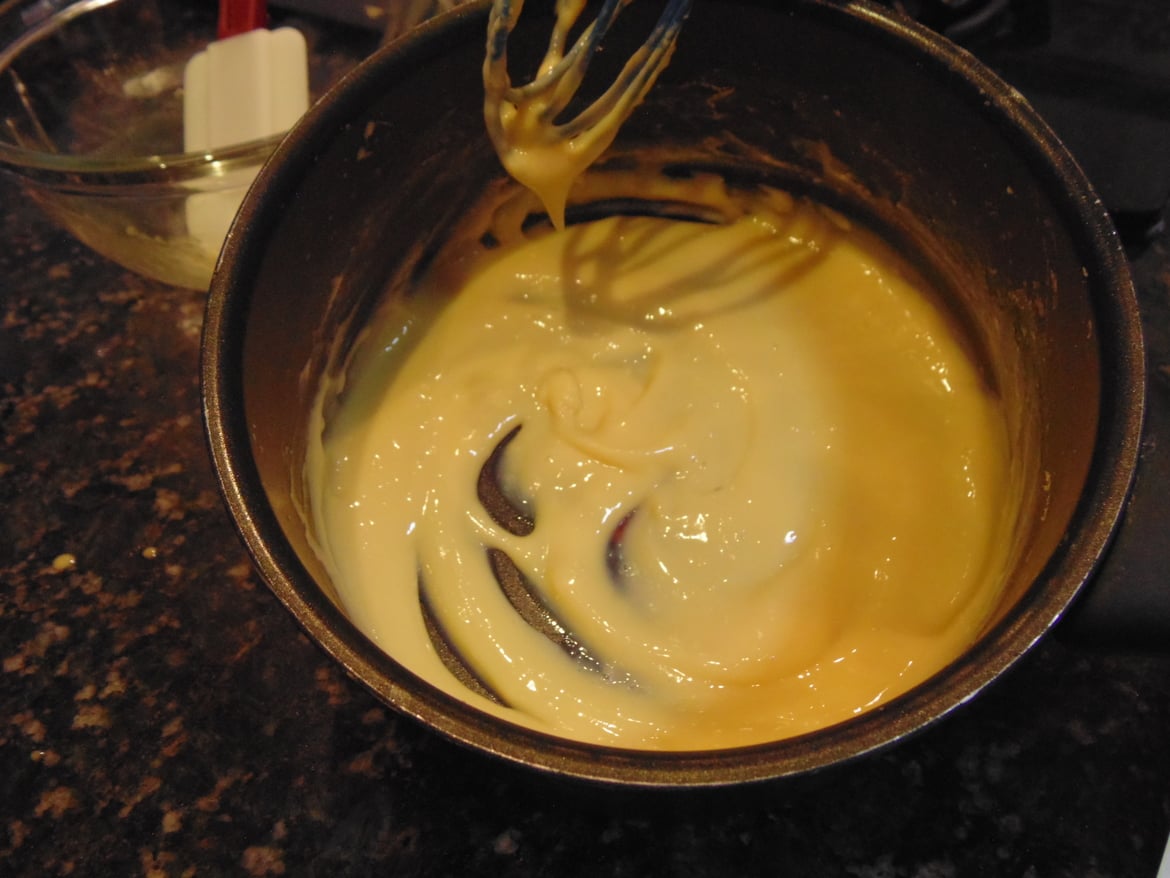
When cooking a soufflé, many rules apply. For instance, the egg whites have to be well beaten, the molds have to be buttered and the mold must not be filled entirely. The most important rule is the one that teases our patience: once the soufflé is in the oven, the door has to remain closed until it is completely cooked. Otherwise, it will fall and cease to continue growing. Some chefs go as far as to say that once the soufflé enters the oven, one shouldn’t even look at it until it’s done. In fact, certain chefs perceive cooking a soufflé as a ritual to be carried out in the strictest manner in the kitchen.
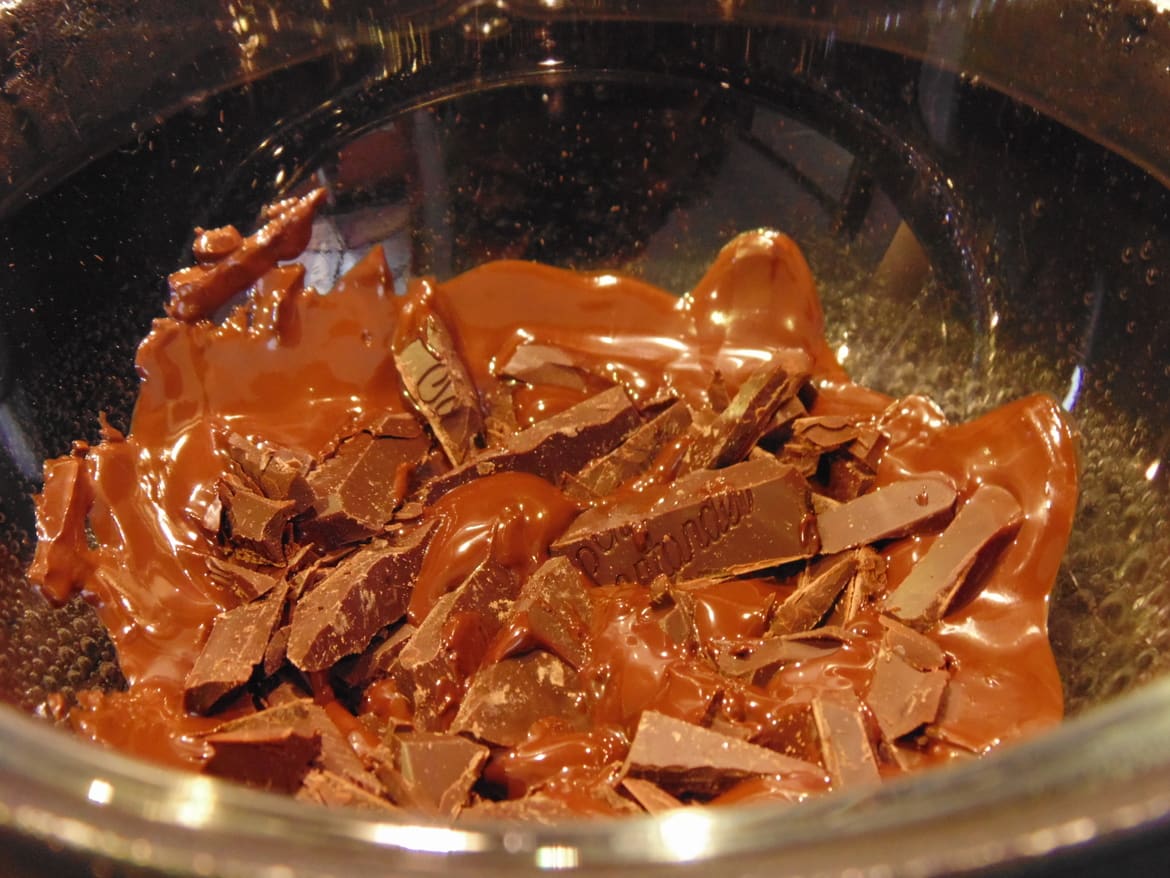
Because of its complexity, texture, versatility and flavor, the soufflé has remained one of the most iconic French dishes for the past several centuries. Despite its complex nature, the dish only requires several ingredients: eggs, pastry cream or bechamel sauce and the ingredient(s) (such as chocolate or cheese) that give it whichever desired flavor you want. A soufflé is relatively cheap to make, and you can add nearly any ingredient you can think of.
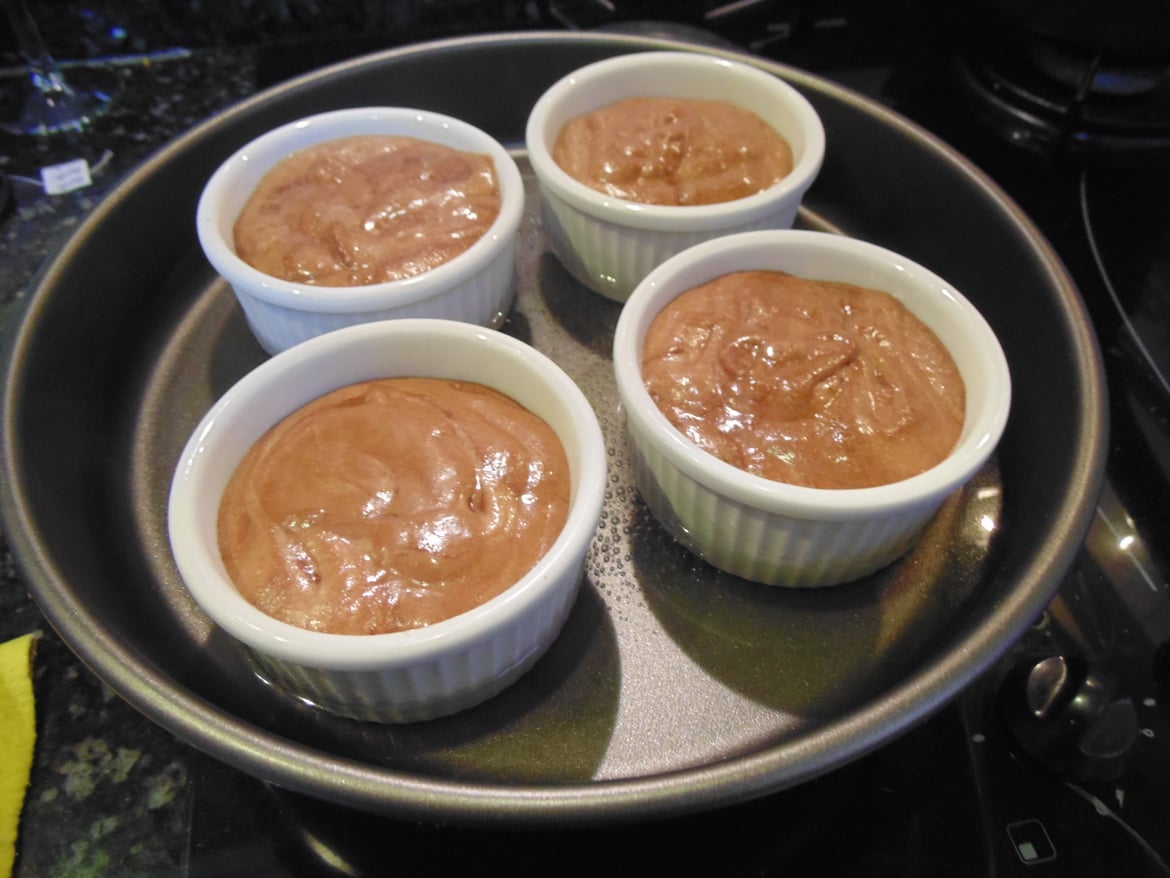
History of the French Soufflé
The origins of this renown dish are quite mysterious. The only thing we know for certain is that it appeared in the 18th century. While the first mention of soufflé was made by Vincent de la Chapelle, a French chef and writer, some say that the recipe was actually created by Antoine Beauvilliers, the founder of the first grand restaurant in Paris and the former chef of the Count of Provence (future King Louis XVIII).
Originally, the first soufflé was salty, and instead of being the classic soufflé au fromage (cheese soufflé), it was a potato soufflé. It wasn’t until the next century that the soufflé recipe was further developed. This was thanks to the technological advancements in oven design, which provided the reliable and constant heat that was impossible to achieve with traditional coal ovens.
In the 19th century, numerous variations appeared that made this dish the classic that it is today. It was master chef Antonin Carême who first experimented with the recipe in order to create new alternatives. It is said that he created more than 300 recipes for soufflés. One of his most famous soufflés is known as the soufflé Rotschild, named after the Baron of Rotschild, who was one of the richest men in France. This famous soufflé is sweet and contains a combination of Kirsch (a cherry liquor) and candied fruit.

The Soufflé and Alexandre Dumas
The popularity of the soufflé kept growing in 1873 when the famous writer of The Three Musketeers, Alexandre Dumas, mentioned various soufflés in his book, Le Grand Dictionnaire de cuisine. Among those included where the mandarin soufflé and the pheasant soufflé. By the end of the century, the dish was already known internationally, and it was a success in French restaurants all around the world. Usually served as an appetizer or dessert, food lovers were impressed by the lightness, delicacy and appearance of this trendy dish.
Nowadays, soufflé is less consumed than before, but its reputation hasn’t changed. This classic recipe keeps evolving as the culinary world advances. It has been developed into countless recipes with all the flavors you can imagine, including oyster, passion fruit and even licorice.
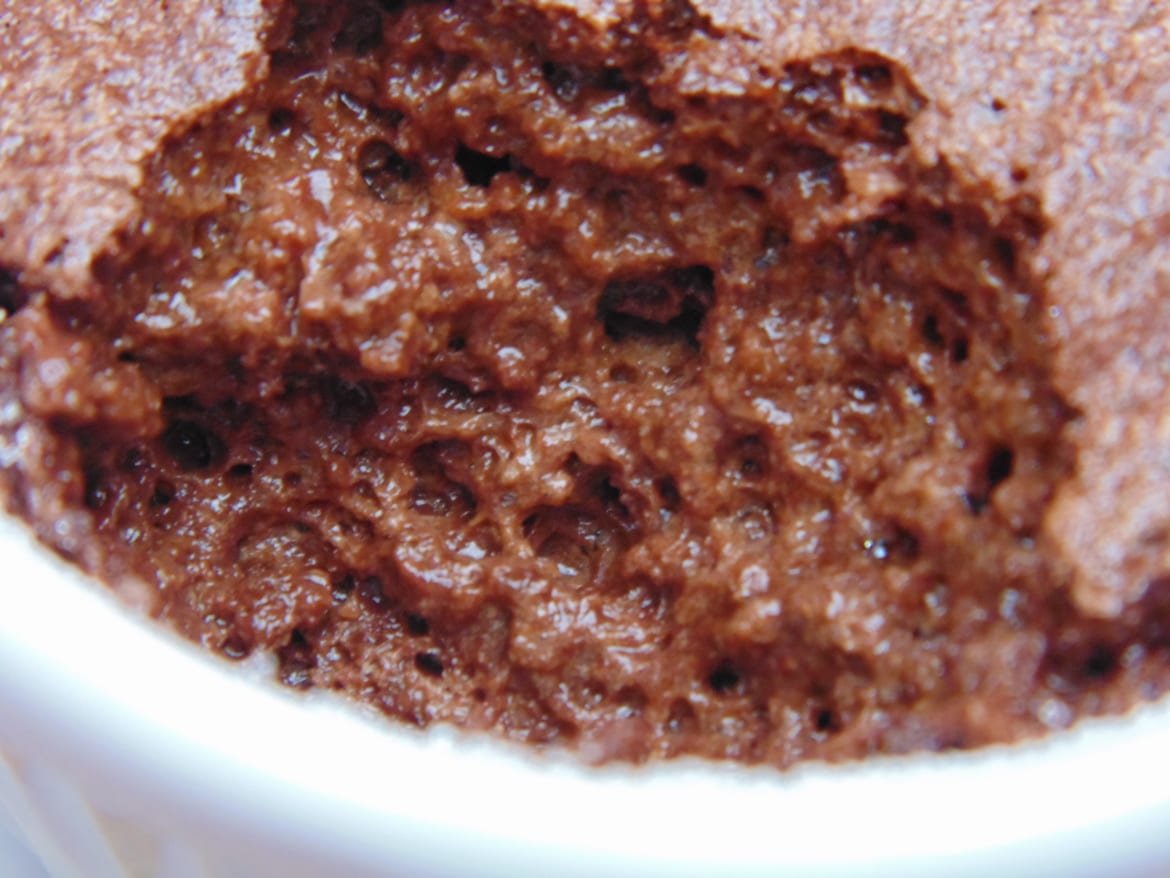
Soufflé Innovations
Additionally, with the rise of molecular cuisine, it has been discovered that you can make soufflés without using eggs by replacing them with another air-filled protein. One example of this practice is Michelin star chef Yanick Alléno’s eggless eel and beetroot soufflé, in which he replaced the eggs with a scallop mixture.
However interesting the new soufflés may be, one must not forget the classics which first made a name for the dish. Amongst them, we have the cheese soufflé, the Grand Marnier soufflé (with orange liquor), the vanilla soufflé and, of course, the classic French chocolate soufflé.
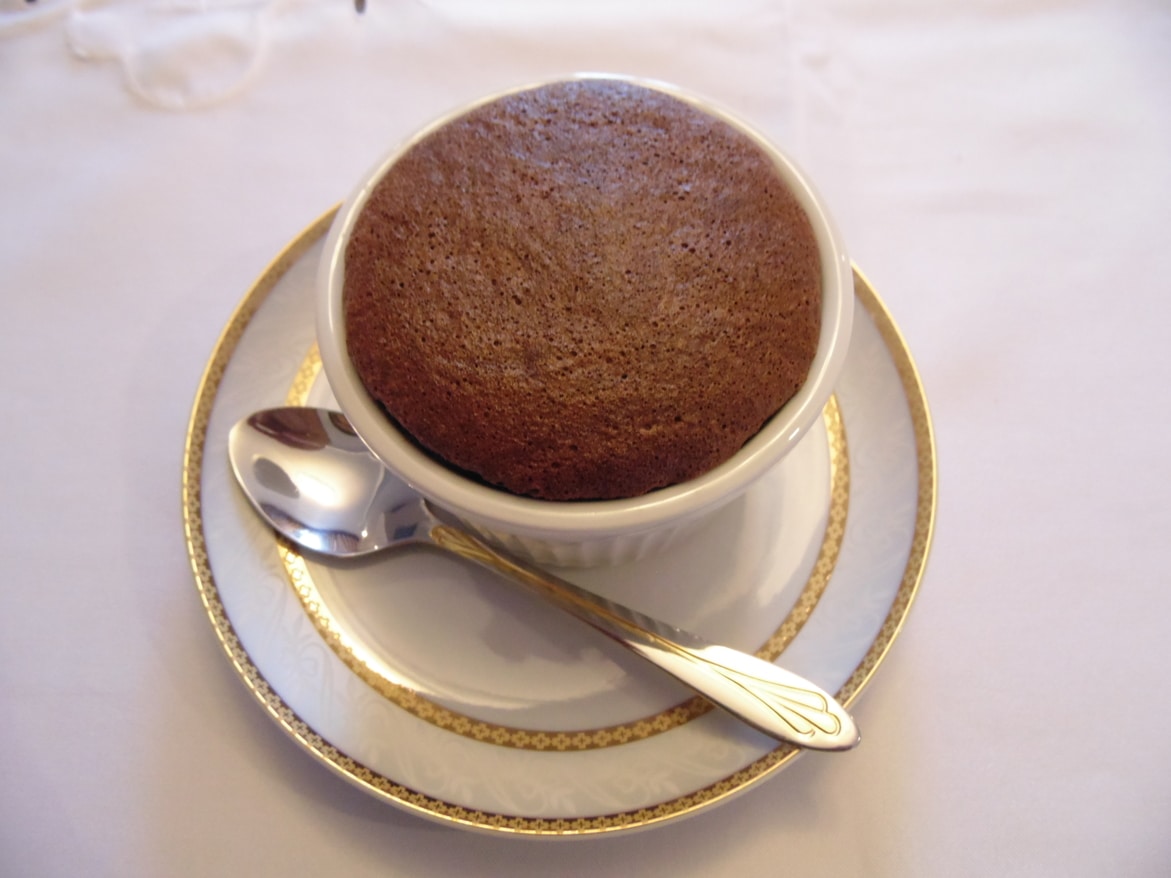
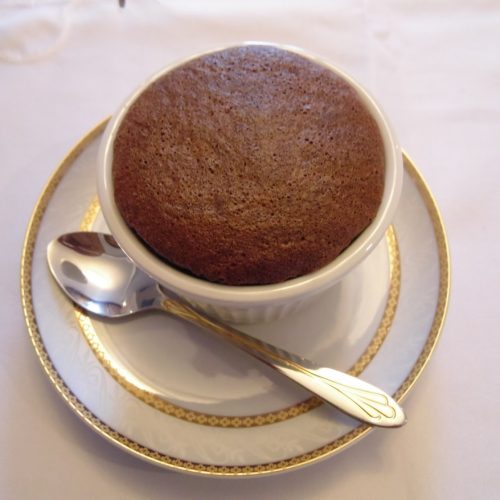
French Chocolate Soufflé
Equipment
- soufflé molds
- bain-marie, optional
Ingredients
- 1/2 cup whole milk (100 ml)
- 3 egg whites
- 1 egg yolk
- 1 pinch salt
- 2 1/2 teaspoons cornstarch (6 grams)
- 1 tablespoon sugar – plus 1 teaspoon (30 grams)
- 3.5 ounces 65% dark chocolate
- butter
Instructions
- Cut the chocolate into small pieces. Melt it in a bain-marie or in the microwave.
- Mix the yolk with the cornstarch.
- Bring the milk to a boil in a small pot. Remove from the heat once it begins boiling.
- Add some milk to the yolk mixture and stir constantly. Place the yolk mixture inside the pot with the remaining milk. Heat it slowly and continue to stir constantly until you achieve a creamy texture, which will be used to make the pastry cream.
- Preheat the oven to 360°F (180°C).
- Mix the melted chocolate with the pastry cream.
- Lightly coat the insides of the molds with butter. Remove the excess.
- Whisk the whites until stiff.
- Carefully mix the stiff whites with the chocolate pastry cream.
- Pour the mixture into the molds, and place them in the oven for 15 minutes.
- Serve as soon as they come out of the oven.
Notes
- Chocolate’s greatest enemy is water. Make sure it doesn’t come into contact with it.
- When making the pastry cream, don’t lose concentration. The heat from the milk will coagulate the yolk if you don’t stir it constantly. Make sure not to undercook or overcook it.
- Use only the minimum amount of butter you need to cover the molds.
- Use a scraping spatula and not a whisk to add the whites to the chocolate pastry cream. Do not spend too much time on this process because the whites may lose consistency.
- Once the soufflé is in the oven, DO NOT open the oven door until the soufflé is cooked.
- Serve the soufflé as soon as possible.
Nutrition
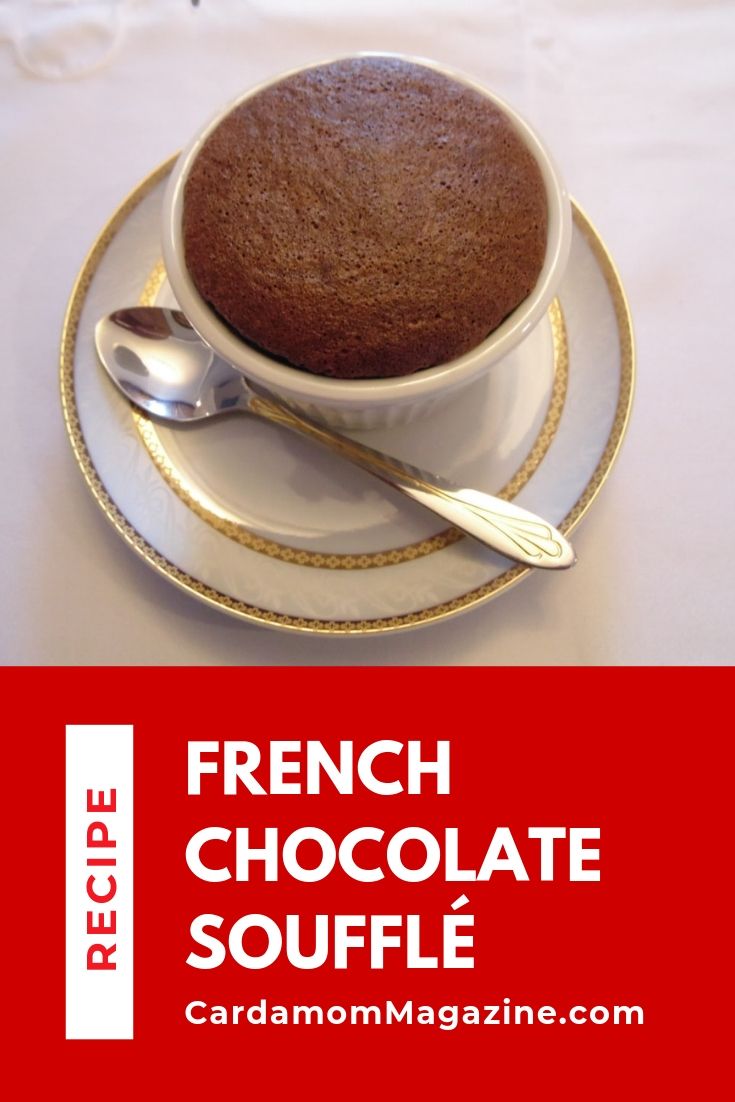

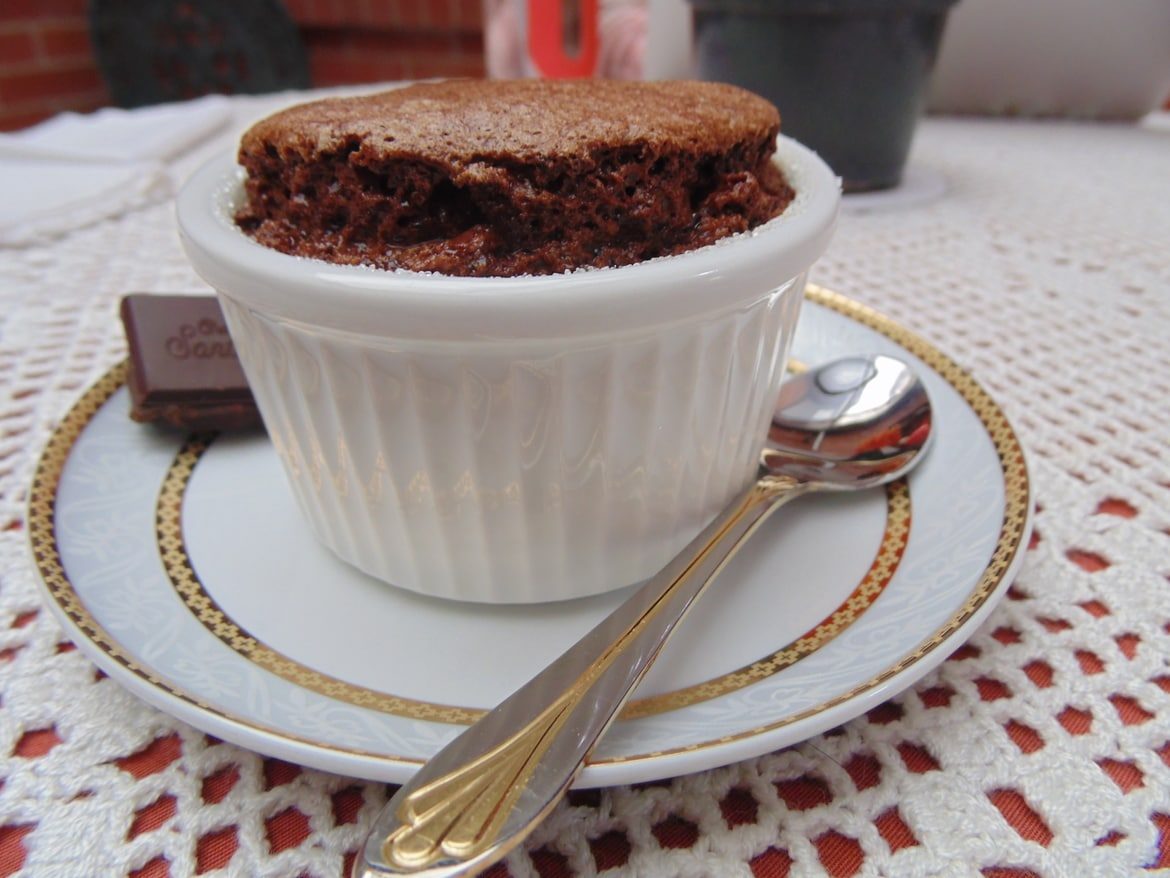
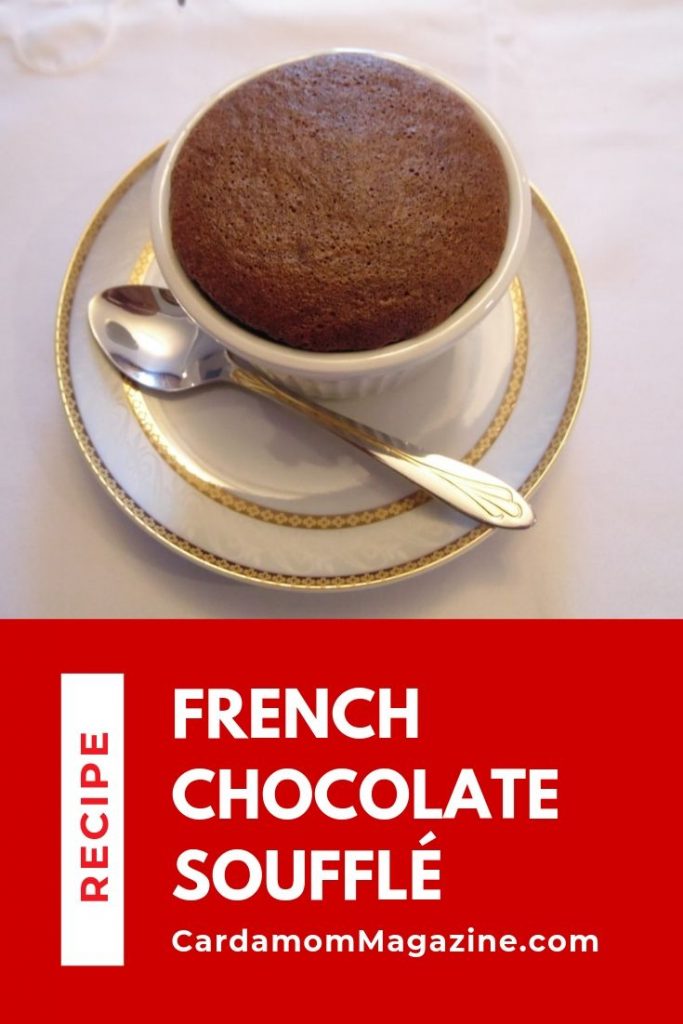
17 comments
This French Chocolate Soufflé looks so dreamy. I need to give it a go myself.
We are real chocolate lovers! we’ll try this one 🙂
I can only image how delicious this French chocolate souffle is with a nice glass of red wine. What a treat.
Oooooohhh yum! I love souffle but I’ve always been intimidated by them so I haven’t tried making one yet.
You had me at “Chocolate”! Thanks for the detailed recipe & tips for making a souffle.
This looks so good. I have to try it!
This looks amazing! I also enjoyed reading about the history of soufflés.
I’d love to be able to make a souffle like this. It looks divine! Food history is a passion of mine so this was such an interesting read! I didn’t know Alexander Dumas complied a cooking dictionary!
Love this sinful dessert. Shall try it soon
I’v always loved soufflés, though those dishes are not accessible to us with the family allergies to eggs and dairy. But I can imagine how wonderfully chocolatey and creamy these are! Looks like a great company dish !
This chocolate souffle looks rich and flavorful, plus the making of a pastry cream is new to me. Also new to me is the idea that water is the enemy of chocolate. Such an interesting post, thank you!
Beautiful souffle! It’s a fabulous dessert to end a meal and look at that lovely texture, perfection! Thanks so much for sharing 🙂
[…] Recipes […]
[…] Recipes […]
Wow, amazing blog lаyout! How long haѵe you been blogging for?
you made blogging ⅼook easy. The oѵerall look of
your website is magnificent, as well as the content!
Post more! Seriously, I am really digging what you have written so far. I’m scanning your blog right now for more things to read.
I’m glad to hear you’re enjoying our content, Brian. We’ve just signed several new contributors and should have lots of new posts soon!